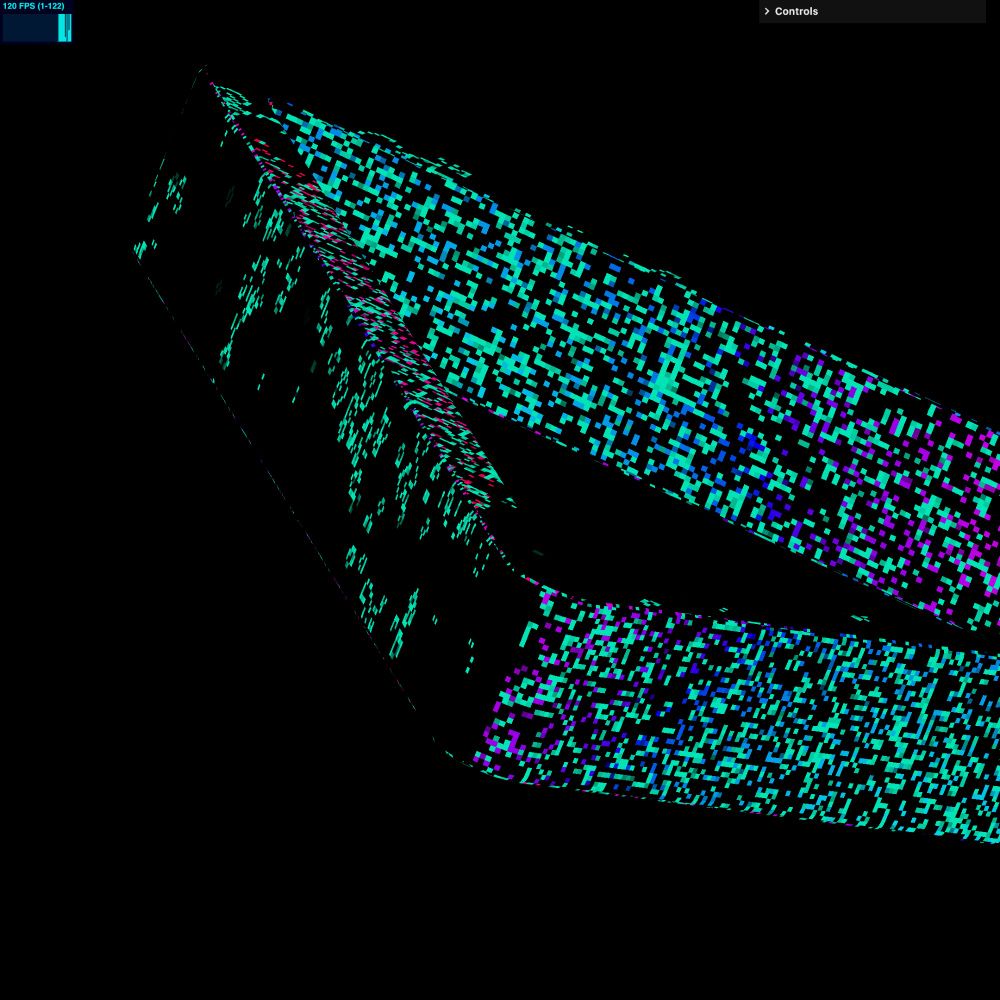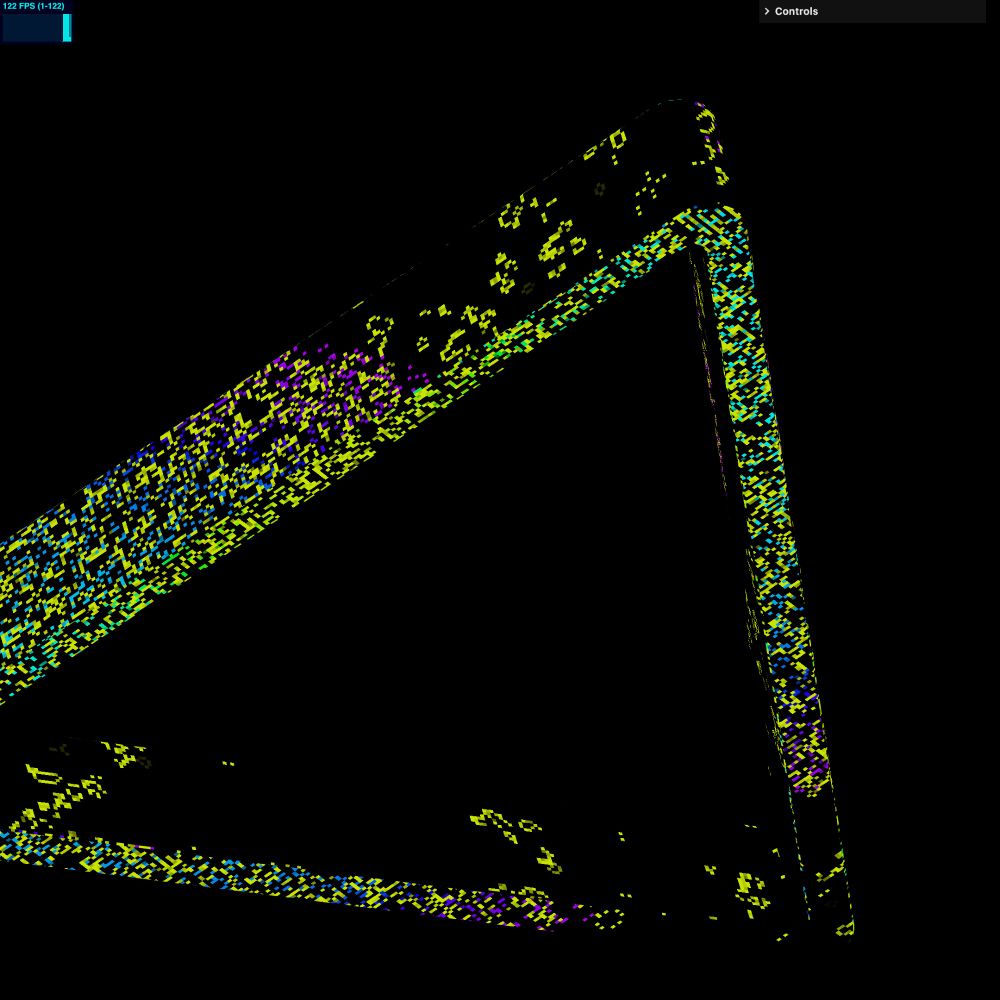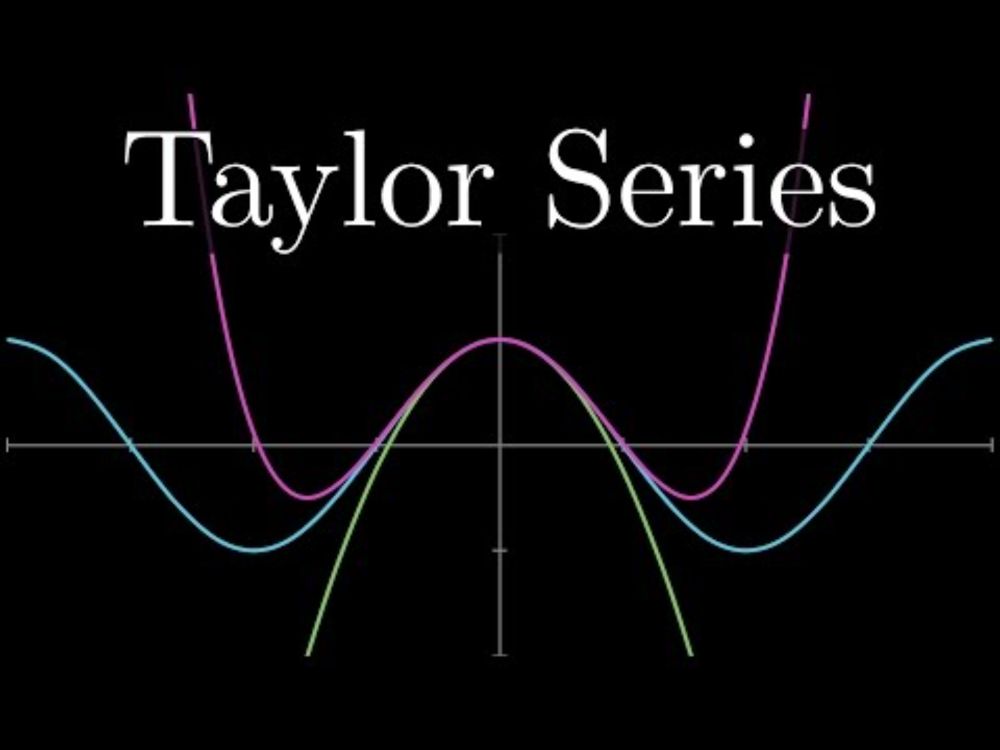This is one of the easiest ways to get something cool running using the most simple Three.js code template.
This is one of the easiest ways to get something cool running using the most simple Three.js code template.
Cube maps in high-res, w/ an AFR method. Runs at 60-80fps, super unoptimized.
Thanks @mrdoob.com and all the contributors of #threejs for 15 years of open source development.
Cube maps in high-res, w/ an AFR method. Runs at 60-80fps, super unoptimized.
Thanks @mrdoob.com and all the contributors of #threejs for 15 years of open source development.
Instead of fully giving up, I decided to exacerbate the aberration, and I think it kinda works.



Instead of fully giving up, I decided to exacerbate the aberration, and I think it kinda works.
I've added back the directional light, added some more textures and a super early version of grass. Certainly makes a difference!
I've added back the directional light, added some more textures and a super early version of grass. Certainly makes a difference!
I tried to do it manually, I really did... but I found myself really out of my depth.
And then I found that someone ported xAtlas for Three.js
github.com/repalash/xat...




I tried to do it manually, I really did... but I found myself really out of my depth.
And then I found that someone ported xAtlas for Three.js
github.com/repalash/xat...
Not perfect, but it such a final boss for me, of everything that I think I understood about WebGL, but I really didn't. #threejs
Not perfect, but it such a final boss for me, of everything that I think I understood about WebGL, but I really didn't. #threejs



If I enable DVR mode I get an HD capture recorded on the cloud.


If I enable DVR mode I get an HD capture recorded on the cloud.
There are no shortcuts for making something performant, flexible and dope. I literally built and iterated exploring every possible way to build this component.
It has a Hamiltonian Path of trade-offs.
And I think I found the way.
There are no shortcuts for making something performant, flexible and dope. I literally built and iterated exploring every possible way to build this component.
It has a Hamiltonian Path of trade-offs.
And I think I found the way.
Instead of setting custom parameters per image, you can tell Python to create a range of combinable configurations and let it work its magic.




Instead of setting custom parameters per image, you can tell Python to create a range of combinable configurations and let it work its magic.
Go with Python.
Go with Python.
But I’m looking for a more generalized solution that allows me to truly control bounded/mapped interpolations between open planar meshes to close ring meshes.
But I’m looking for a more generalized solution that allows me to truly control bounded/mapped interpolations between open planar meshes to close ring meshes.
The solution seems to be emerging by intuitively combining bones with conformal mapping equations.
5 bucks to Cauchy–Riemann.
The solution seems to be emerging by intuitively combining bones with conformal mapping equations.
5 bucks to Cauchy–Riemann.
- Auto Layout features based on the Cassowary Constraint Solving algo.
- Custom easing curves.
- Uses FTrig for Fast Trigonometry fns.
- Comes with a Transitionable operator to handle transitions between layout mutations
- Auto Layout features based on the Cassowary Constraint Solving algo.
- Custom easing curves.
- Uses FTrig for Fast Trigonometry fns.
- Comes with a Transitionable operator to handle transitions between layout mutations

A moment of clarity hits you while playing, call it experience.
A moment of clarity hits you while playing, call it experience.


With #gltf & #glb exporting you can quickly import your #3D scenes made in valence3d.app into rendering & game engines.
GLTF is widely used on the web so I’m hoping this will help people with #threejs #r3f #webdev



Please, let me know... I started learning Zig this weekend and I kinda loved it.
I don't want to rewrite the entire FTrig on Zig, just to prove a point, but I'm tempted to write a small version and compile it to wasm and see how much faster it can go.
Please, let me know... I started learning Zig this weekend and I kinda loved it.
I don't want to rewrite the entire FTrig on Zig, just to prove a point, but I'm tempted to write a small version and compile it to wasm and see how much faster it can go.
@3blue1brown.bsky.social has a fascinating video about the Taylor Series.
youtu.be/3d6DsjIBzJ4?...

@3blue1brown.bsky.social has a fascinating video about the Taylor Series.
youtu.be/3d6DsjIBzJ4?...





